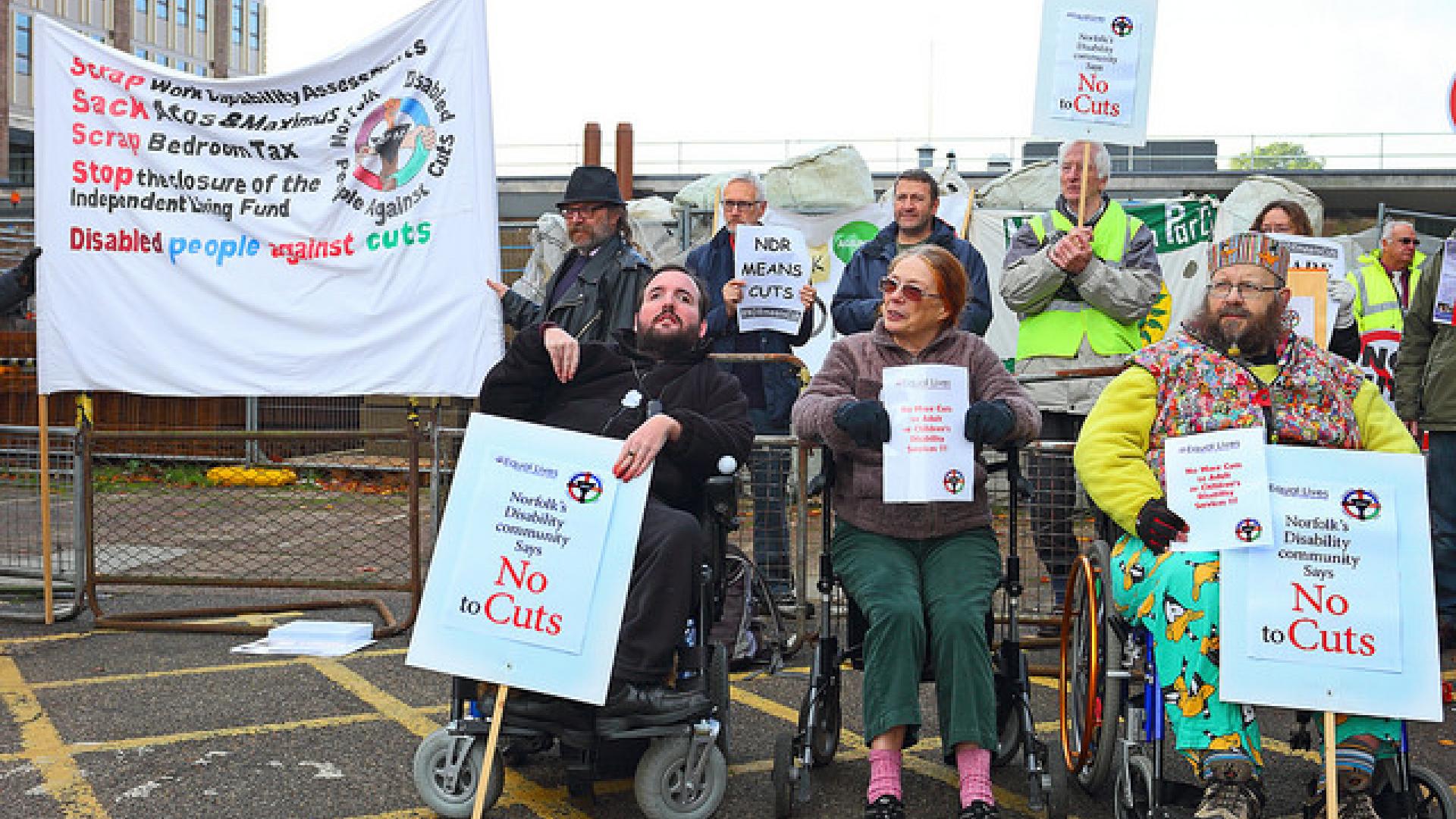During the last few decades there have been some fundamental changes in the rights of disabled people with legislation such as the Disability Discrimination Act (DDA) coming into force in 1995. More recently, the topic of support for disabled people has been brought to the forefront of the political agenda, resulting in the resignation of a senior government minister.
George Osborne unveiled his budget ten days ago, revealing cuts to Employment Support Allowance (ESA) and changes to Personal Independence Payment (PIP). Outrage ensued from disability charities and commentators about these cuts and their effect on some of the most vulnerable in society.
By the end of the week Iain Duncan Smith, Work and Pensions Secretary, had quit his Cabinet position. In his resignation he cited the cuts as a step too far and his inability to be in a party that “divides society rather than unites it”.
Charities and commentators reacted quickly to the situation. Within just a few days, three prominent Tory MPs had been asked (forced?) to resign their trustee positions, including Zac Goldsmith, candidate for the London mayoral elections.
There have likewise been calls for David Cameron to resign his honorary roles on charity boards such as Epilepsy UK. Even the new minister for Work and Pensions, Stephen Crabb, has been caught in the crossfire within hours of his appointment, with a petition from 38 Degrees calling for him to resign as a patron of Mencap Pembrokeshire.
Meanwhile as some disability organisations welcomed the new minister, their supporters pointed out that Crabb had voted for the very same cuts that Iain Duncan Smith had resigned over.
These groups took to social media, with many posting memes to highlight the duplicity of MPs who had voted for the cuts, but who were at the same time perfectly comfortable allowing themselves to be snapped in self-promotional photographs and poses at disability charity events.
This is further complicated by the fact that for those in the public eye, their personal background and experience sets the expectations the public has of them. In this situation this is most clearly shown by the conflict between the public and private views of David Cameron.
For many there is an expectation that because of his experience of living with disability in his family (and claiming DLA) he would have disability issues and rights high on his agenda. But he also voted for the cuts. For some commentators this has resulted in a sense of personal betrayal by the Prime Minister;
“As a disabled person your heart went out to David Cameron; he was contending with his son’s difficulties. I thought that if he has a son that is disabled, he is going to care for the disabled.”
- Graeme Ellis, formerly of the Conservative Disability Group, The Guardian.
Within this shifting, complex, and sometimes hostile, context, what can charities learn about building future relationships with politicians and the general public?
We know from our research with MPs and peers that charities need to work hard to influence and create positive relationships with governments of all political colours. Charities also have to work hard to get trustees and volunteers to engage with them.
Just like the dangers of public partnerships with celebrities and major donors, organisations need to know that their politicians, trustees and donors, will stand up for the cause even when the going gets tough.
But as some disability charities have shown, it’s also important to be true to your mission. If being associated with a particular individual is unhelpful or unhealthy for your organisation, it’s time to be brave.
However, it’s not clear how much of this debate reached the general public. Disability is still one of the less favoured causes for the UK general public to donate to. Whilst 50% of those who give to charity say that cancer is one of their favourite causes, this drops to just 16% for disability, alongside older people and rescue services.
While the general public report concern for issues related to disability, this does not necessarily translate into action or engagement.
This means that shaping a call to action for a disability charity is extremely complex.
Add to this the fact that disability generally doesn’t have the ‘emergency’ pull of other life and death causes or health issues, as well as the fact it is often seen as ‘unsexy’, and you have a tough job cut out for a group of hero fundraisers trying to find new ways of bringing in support.
The majority of politicians and the general public would nonetheless almost certainly agree that cutting the support that disabled people receive is neither good for their rights nor their care.
Whether this will change the way the public give their time or money, or how they vote, is another matter altogether. But this might be where disability charities come in?

